Have you ever been driving by a field and noticed another set of fencing in the distance? What about scrolling through Zillow listings and seeing a silo with an underground bunker for sale? These were once homes to nuclear bombs.
Although the public could not access these locations, they were hotspots for nuclear threats during the Cold War. Unfortunately, they are still hotspots and have a haunting name: nuclear sponges.
Upgrading Existing Minuteman Silos
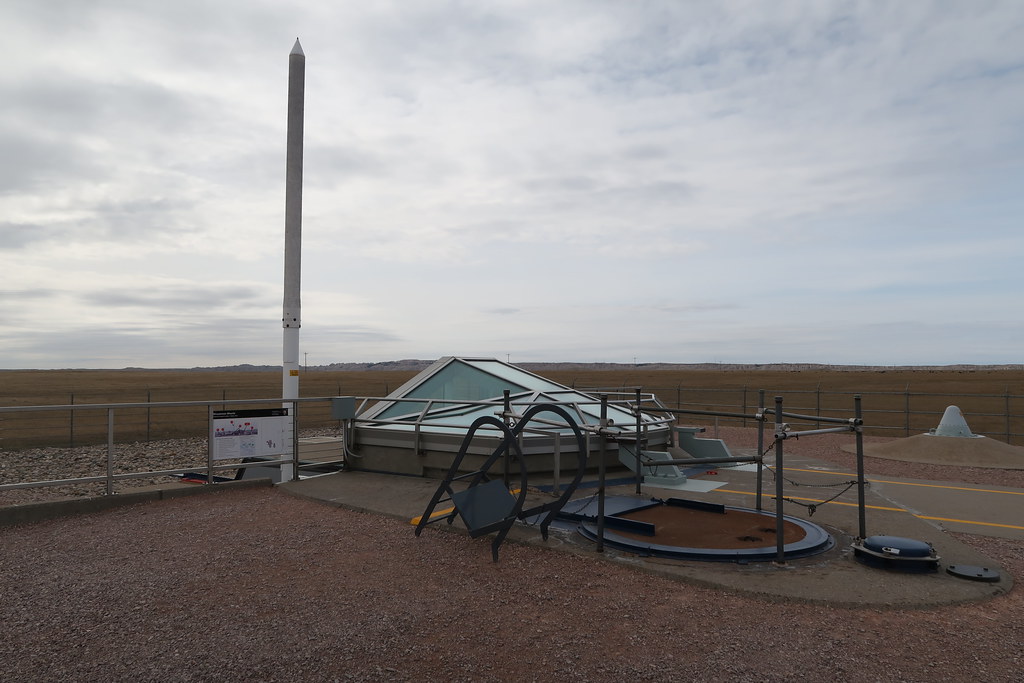
In March 2022, the US Air Force released a two-volume, 3,000-plus-page report detailing the environmental impact of its plan to replace all 400 “Minuteman” land-based intercontinental ballistic missiles (ICBMs) with new “Sentinel” missiles by the mid-2030s.
The National Environmental Policy Act of the 1970s mandated the $1.5 trillion effort to modernize the US nuclear arsenal, requiring plans to detail the “potential effects on the human and natural environments from the deployment of the Sentinel system.”
A New Threat
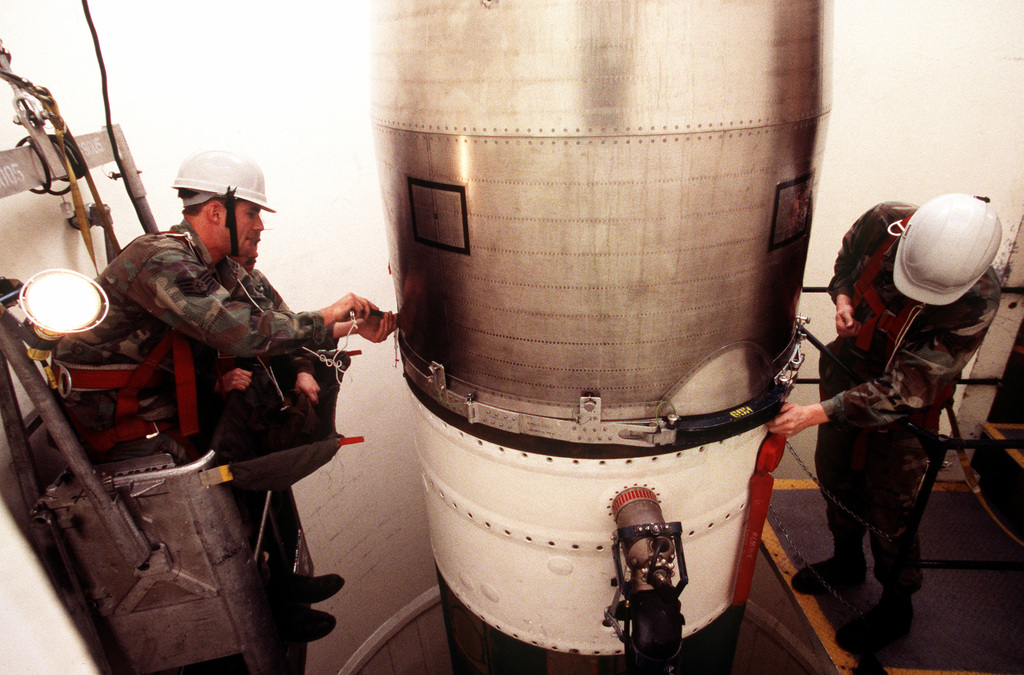
The refurbishing of existing missile silos and the construction of new utility corridors and communication towers have sparked concern in some communities in the US.
This would give these land-based missile systems—designed to deter an enemy nuclear attack by threatening retaliation—a new life in the modern era.
The Heartland of the US Is at Risk

After the US installed the first ICBMs in the heartland (primarily in Colorado, Montana, Nebraska, North Dakota, and Wyoming) in 1962, these silos served to protect the country from nuclear fallout.
However, these land-based weapons remained vulnerable to attack due to their fixed locations, making them immovable if the enemy discovered their whereabouts.
These Silos Are Massive Targets During Nuclear War
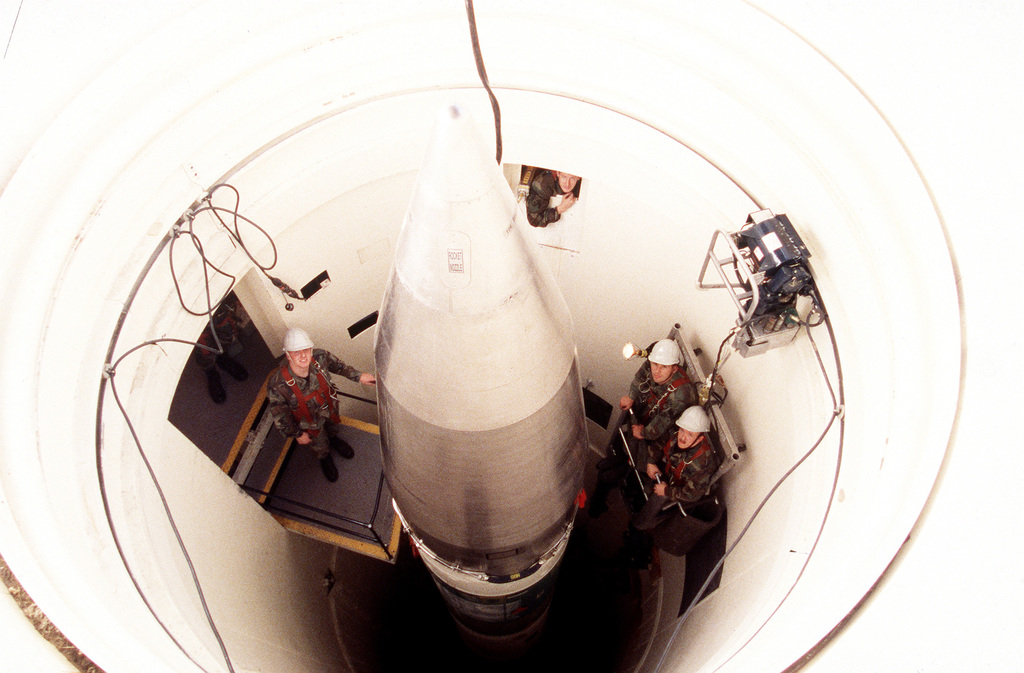
While the threat of attack on these silos was high, the Air Force suggested that the vulnerability of the land-based missiles was necessary.
Destroying the missile fields, which were often just open fields void of livestock and homes, would require a massive attack that many adversaries at the time couldn’t manage or even contemplate.
The “Great Sponges” of the US Nuclear War
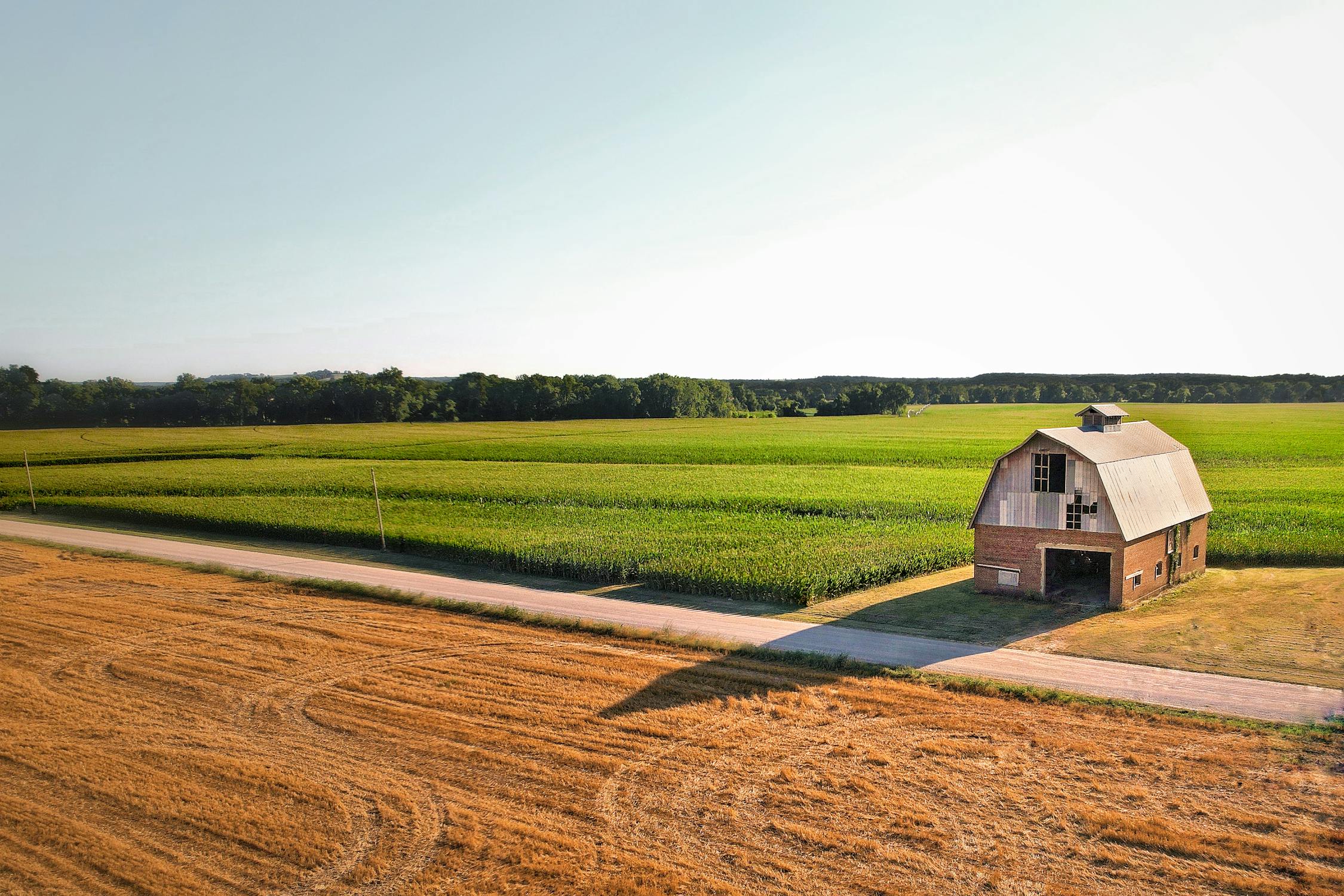
In 1978, General Lew Allen, Jr., the Air Force Chief of Staff, believed that these nuclear silos offered “a great sponge” of targets in the US to absorb incoming Soviet nuclear weapons.
Because these locations were often near rural communities, large cities in the US and military bases were more likely to avoid a devastating nuclear attack.
The Biggest Threat to These Silos

However, land-based missiles pose a significant threat of accidental nuclear war. Two men working in these silos, ready to launch on the president’s order, could launch a nuclear bomb within minutes.
For context, these silos require detonating one or two nuclear warheads that have an explosive yield equivalent to 100,000 tons of TNT. One mistake could create unprecedented damage to the local community and environment.
A Sensitive Launch Button

This “launch on warning” posture that the Air Force fleet maintains is the most destabilizing leg of the US nuclear plan.
During the Cold War, there were several false alarms about an incoming enemy attack. While no nuclear bombs were launched, these close calls showcased the shortcomings of the project.
The Threat to Local Communities

According to studies published in “Scientific American” in 1976 and 1988, projected fallout from a nuclear attack on missile fields showed that radioactive particles could travel hundreds of miles downwind.
A 1990s guide from the Federal Emergency Management Agency on risks and hazards from nuclear fallout confirmed these assessments, adding that no US town was free of the risk of receiving deadly doses of radiation from these Minuteman sites (via Scientific American).
Are You at Risk?
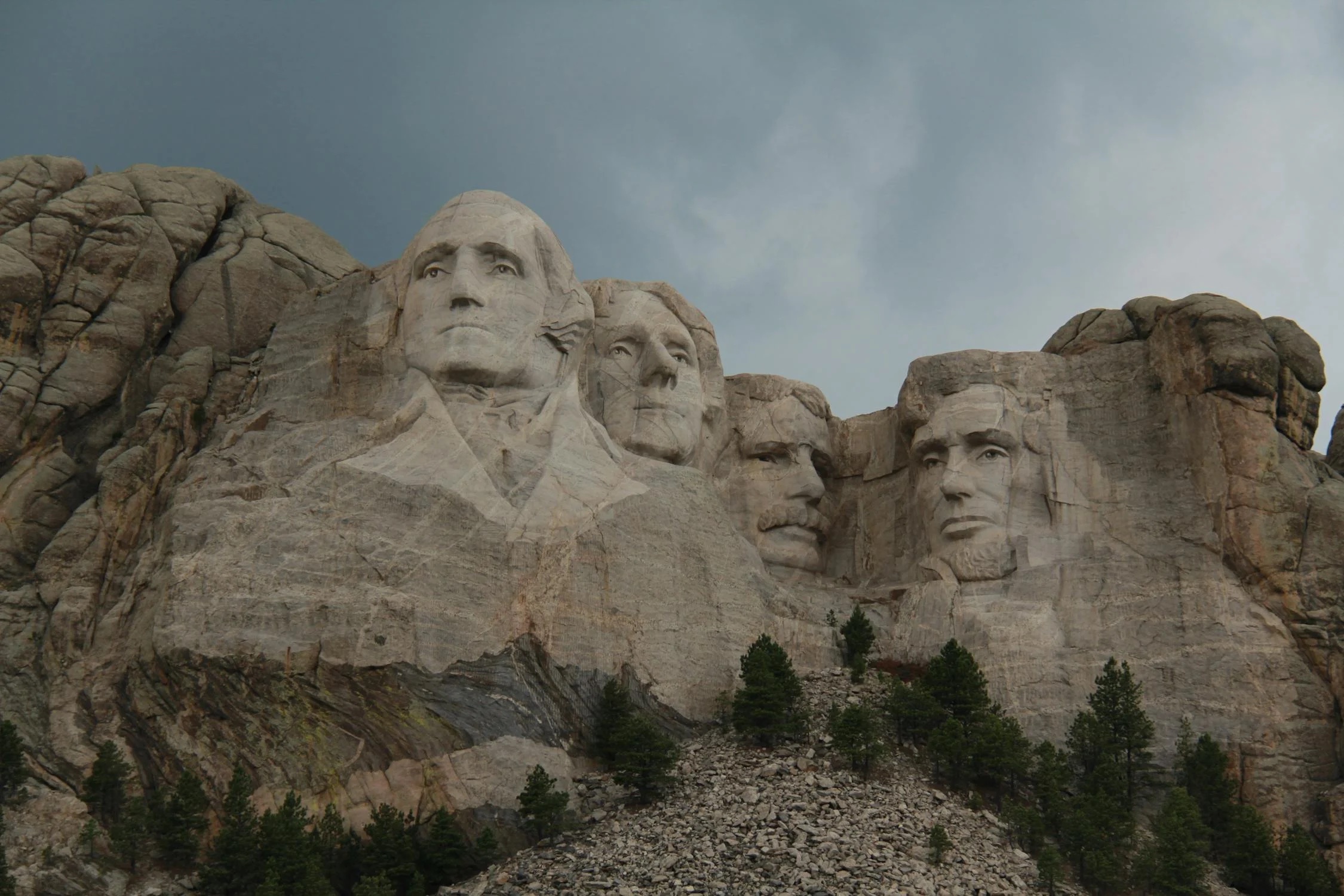
Unfortunately, current calculations suggest that the existing 400 silo fields in Colorado, Wyoming, Nebraska, Montana, and North Dakota pose a threat that could end all life in the surrounding regions.
Additionally, nuclear particles would contaminate agricultural land for years, rendering it impossible to grow food in the affected areas.
Other States at Risk

Minnesota, Iowa, and Kansas are also at risk for high levels of radioactive fallout. The radiation exposure could cause several million fatalities in the US—assuming people receive a warning and can shelter in place for at least four days.
Even without a nuclear war, people and the environment in these areas remain at serious risk.
The Looming Threat (Even in Times of Peace)
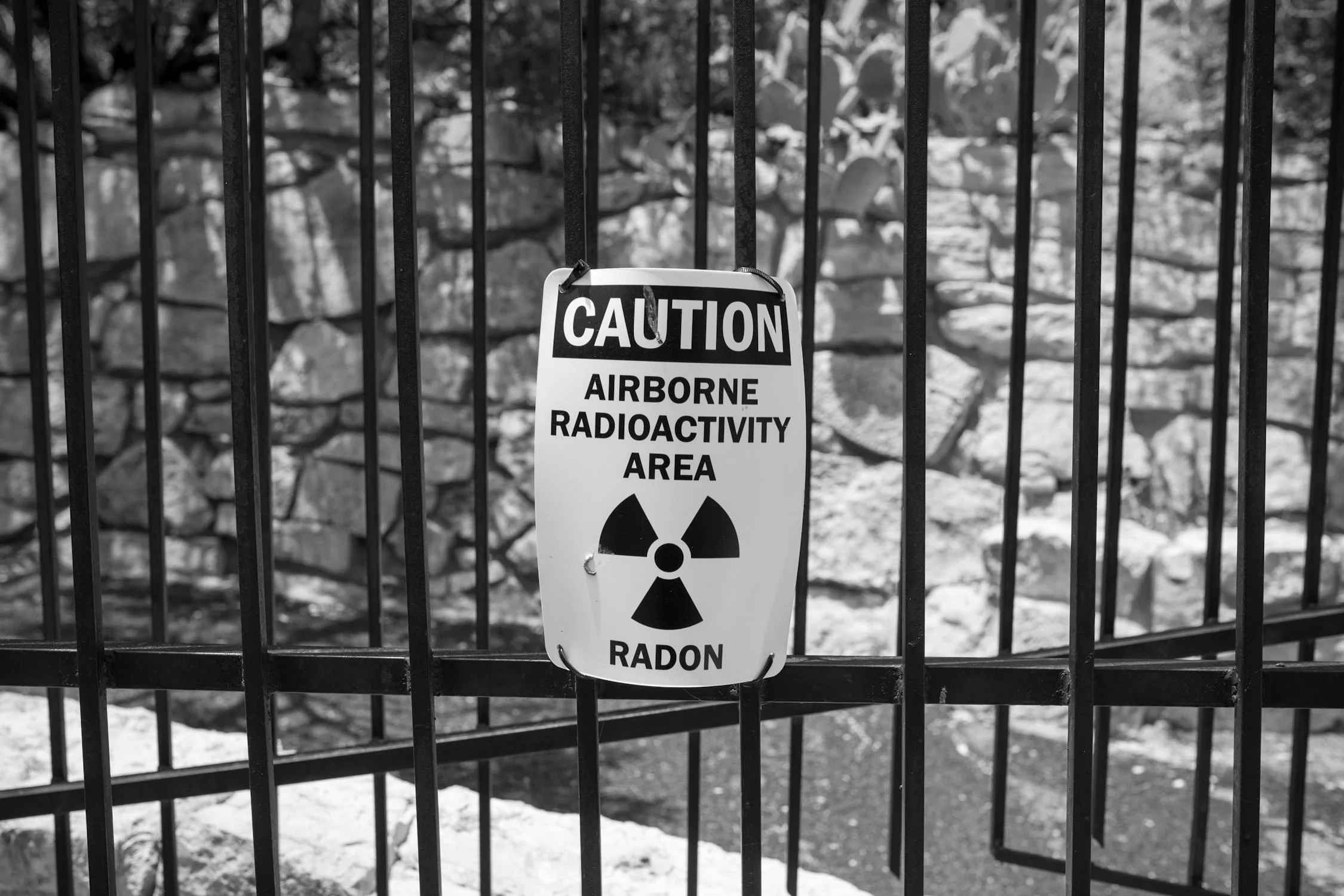
The accidental release of radioactive materials such as plutonium or the accidental detonation of a warhead could put areas near these Minuteman silos at serious risk.
Unfortunately, there is a history of these silos catching fire or missiles exploding in their launch tubes. Many of us are unaware of this information because nuclear weapon accidents are not always publicly discussed by the military.








































